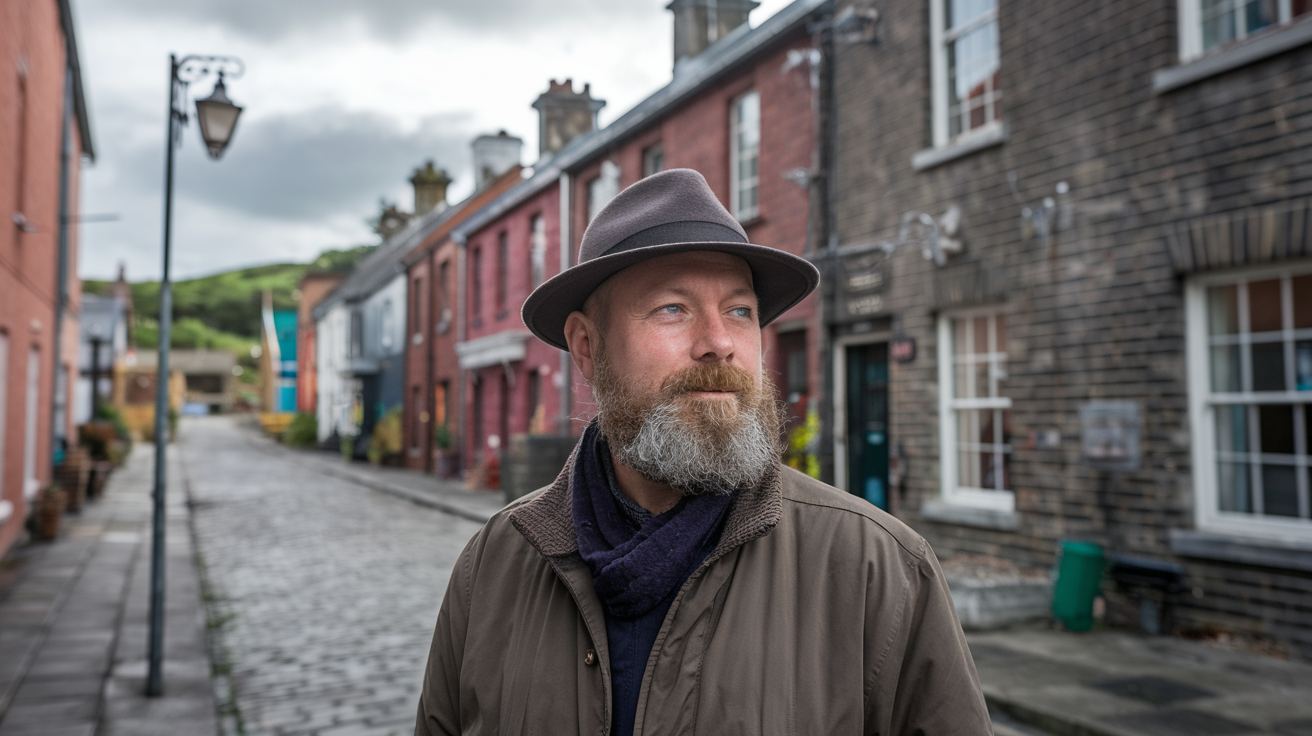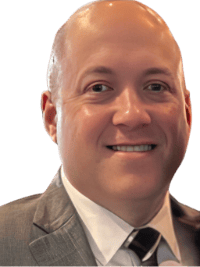You’re staring at that village name on your computer screen. Again.
Five generations of your family lived there. Worked there. Built lives there. And now here you are, a century and an ocean away, trying to piece together their world through pixels and papers.
But deep down, you know: Documents can only take you so far.
Every serious genealogist reaches this moment. When records aren’t enough anymore.
When you need to see it for yourself. Touch it. Feel it. Breathe it.
Let’s talk about taking that next step. About transforming your research from pixels to place. From documents to discovery. From records to reality.
The Power of Place: When Research Comes Alive
Something shifts when you walk the streets your ancestors walked. The names in parish records become real people. The places in ship manifests become living, breathing communities.
That village church isn’t just an address anymore. It’s where generations of your family marked their most important moments.
Where they gathered. Where they mourned. Where they celebrated.
The market square isn’t just a spot on a map. It’s where your great-grandmother might have bought her bread.
Where your great-grandfather might have sold his crops.
These places hold stories that no document can tell. Stories written in stone and soil. In architecture and landscape. In the rhythms of daily life that haven’t changed for centuries.
The cemetery holds more than graves. It holds context. Family groupings. Naming patterns.
Social connections hidden in plain sight.
When you see familiar surnames carved in stone, generations of research suddenly take on new meaning. These aren’t just data points anymore. They’re your people.
And the land itself speaks volumes. The steep hillsides that forced terraced farming. The distant church spire that served as a landmark for generations. The ancient trade routes that shaped migration patterns.
From Paper Trail to Sacred Ground: Building Your Path Home
Every family researcher knows the thrill of discovery. Finding that crucial record. Breaking through that brick wall. Connecting another generation.
But here’s the game-changer: Taking that research into the real world.
Each document you uncover is more than just evidence. It’s a piece of your map home.
Marriage records show you where families joined. Land deeds reveal where they built their lives. Ship manifests trace their journeys.
When you piece these together, something magical happens. Your ancestors’ world takes shape. Their choices make sense. Their lives gain context.
Military records show more than service dates. They reveal the political boundaries your ancestors navigated. The conflicts that shaped their decisions. The alliances that influenced their movements.
Tax records tell stories of prosperity and hardship. Of drought years and bumper crops. Of industrial changes that rippled through communities.
Church records speak of more than births and deaths. They reveal religious shifts that split families. Community tensions that drove migrations. Social networks that supported generations.
This isn’t just about proving relationships. It’s about understanding lives. Communities. Choices that shaped generations.
The Detective Work: Building Your Case for Place
Finding your ancestral homeland takes more than just family stories. It requires methodical research. Cross-referencing. Verification.
Start with what you know. Family stories hold clues. Old letters mention landmarks. Photos show architectural styles. Even recipes can point to specific regions.
Layer in the official records. Census data pins down locations at specific times. City directories map out neighborhoods. Church records anchor families to parishes.
Immigration records often hold the key. Passenger lists name specific villages. Naturalization papers can list precise birthplaces.
But don’t stop there. Local histories provide context. Maps show changing boundaries. Newspaper archives reveal community connections.
The goal isn’t just finding a place name. It’s understanding your family’s place within it.
DNA: The Modern Thread in an Ancient Tapestry
DNA testing adds another dimension to your search. Not through ethnicity estimates, but through connections.
Each DNA match represents a branch of your family tree. A potential clue to ancestral origins. A piece of your geographic puzzle.
The power lies in patterns. Multiple matches from the same region. Shared ancestors in specific communities. Genetic threads that lead back to place.
Building trees for your matches isn’t just busy work. It’s mapping your genetic geography. Finding the intersections where family lines converge.
When DNA and documents align, magic happens. Paper trails gain confirmation. Family stories find validation. Places of origin come into focus.
Local Knowledge: The Key to Deeper Understanding
Local historical societies guard the heart of community memory. They know the stories that never made it into official records.
They understand how communities evolved. Which families traditionally intermarried. How natural disasters or economic changes drove migration patterns.
These local experts can translate more than just documents. They can read the landscape. Interpret architectural clues. Recognize patterns in settlement and movement.
They know which church records survived the fire of 1875. Which land records were lost in the courthouse flood. Which oral histories fill the gaps in written documents.
But their greatest value lies in context. They can tell you why your ancestors lived where they did. Worked where they did. Moved when they did.
Planning Your Journey: More Than Just Travel
Most people travel to see new places. You’re traveling to understand your past.
Think about that for a moment. Every year, millions of tourists rush through European capitals. They snap photos of cathedrals. Check boxes on must-see lists. Move on to the next destination.
But you’re different. You’re going to walk into a tiny village that most tourists will never see. A place that might look ordinary to others. But to you? It’s the center of a story generations in the making.
You’re not going to stand in line for tourist attractions. You’re going to stand in the exact spot where your great-grandparents were married. Huge difference.
This isn’t tourism. This is pilgrimage.
The planning needs to match the mission. This journey deserves more than just booking flights and hotels.
Start with deep research. Know every available record. Understand the historical context. Map out family connections.
Contact local resources early. Archives require appointments. Churches need advance notice. Historical societies appreciate preparation.
Learn about the culture. Not just the history, but the present. These communities aren’t museums. They’re living places with their own rhythms and rules.
Master a few key phrases in the local language. “Thank you” opens doors. “Please” smooths paths. “I’m researching my family” can work miracles.
Plan thoroughly, but stay flexible. Sometimes the best discoveries come from unexpected detours.
The Tools of Modern Discovery
Technology has transformed ancestral research. Mobile apps translate on the fly. GPS leads to remote cemeteries. Databases put records at your fingertips.
But technology should enhance, not replace, the human connection.
Use digital tools to prepare. To navigate. To document. But don’t let screens become barriers between you and experience.
Take photos, but also take time to simply observe. Record video, but also record memories. Scan documents, but also touch the paper.
Modern tools serve the journey. They don’t define it.
Making the Connection: When Past Meets Present
The moment will come. You’ll stand where they stood. Breathe the air they breathed. See the views they saw.
You’ll understand why they settled here. Why they left. Why they remembered.
Their stories will become real. Their struggles will make sense. Their triumphs will feel personal.
This is when genealogy transcends hobby. When family history becomes your history. When inherited memory becomes lived experience.
The Journey Begins Now
Your ancestral homeland is waiting. The streets your grandparents walked still wind through towns. The churches still stand. The communities still remember.
You’ve done the research. Built the trees. Gathered the documents.
Now it’s time to bring it all to life.
The path from records to roots lies open before you. The tools are in your hands. The knowledge is in your grasp.
Your ancestors’ world is waiting to become real.
Take that first step. Start that deeper research. Plan that journey.
Their story is your story.
Time to bring it home.



When visiting Sweden when I was 21, I had the good fortune to spend time with cousins who took me out to the farmland where my grandfather grew up. Magical! Within the US I have since visited several of the many places he lived as he and his growing family moved around as he served as pastor to many different congregations of a growing religious sect. Seeing the communities and locating some of the actual houses where they lived – it’s hard to communicate the impact to those who haven’t experienced something similar. I’m not sure my husband understood until we visited several cemeteries last spring – several branches of his family lived in Philadelphia for generations so groups of them are buried in 4 area cemeteries. One even had owned the land the cemetery was on and presumably lived in the house that is still there.